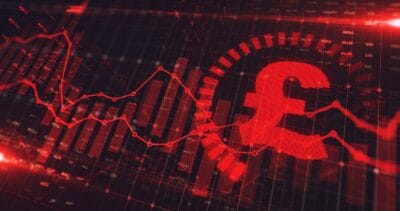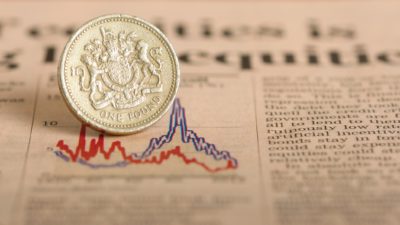One of the risks of being an income investor is that you can be seduced by attractive yields, which are sometimes a symptom of a declining business, or a falling share price.
Take HSBC Holdings (LSE: HSBA) (NYSE: HBC.US), for example. The firm’s trailing yield of 4.3% is attractive, but equally, 4.3% is substantially less than the long-term average total return from UK equities, which is about 8%.
HSBC’s intensive cost-cutting means that earnings per share are expected to rise by around 15% this year, but the bank’s recent results suggest that it is struggling to find major growth opportunities, potentially freeing up some of its $156bn cash pile to be returned to shareholders.
Passive income stocks: our picks
Do you like the idea of dividend income?
The prospect of investing in a company just once, then sitting back and watching as it potentially pays a dividend out over and over?
If you’re excited by the thought of regular passive income payments, as well as the potential for significant growth on your initial investment…
Then we think you’ll want to see this report inside Motley Fool Share Advisor — ‘5 Essential Stocks For Passive Income Seekers’.
What’s more, today we’re giving away one of these stock picks, absolutely free!
What will HSBC’s total return be?
Looking ahead, I need to know the expected total return from my HSBC shares, so that I can compare them to my benchmark, a FTSE 100 tracker.
The dividend discount model is a technique that’s widely used to value dividend-paying shares. A variation of this model also allows you to calculate the expected rate of return on a dividend paying share:
Total return = (Last year’s dividend ÷ current share price) + expected dividend growth rate
Rather than guess at future growth rates, I usually use the average dividend growth rate since 2009, to capture a firm’s dividend growth since the financial crisis. Here’s how this formula looks for HSBC:
(27.9 / 680) + 0.0979 = 0.139 x 100 = 13.9%
This model suggests that HSBC could deliver a total return of 13.9% per year over the next few years, which would comfortably exceed my long-term average target of 8% total return per year, before inflation.
Isn’t this too simple?
One limitation of this formula is that it doesn’t tell you whether a company can afford to keep paying and growing its dividend.
My preferred measure of dividend affordability is free cash flow — the cash that’s left after capital expenditure, tax and interest costs.
Free cash flow is normally defined as operating cash flow – tax – capex.
Changes to HSBC’s business caused a $116bn reduction in operating assets last year, resulting in negative free cash flow.
This means that last year’s dividend payment was not covered by cash flow, but this is an exception — on average, HSBC’s dividend has been covered by free cash flow more than 4 times since 2009, making it a very safe dividend.







